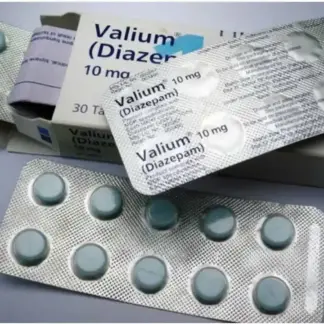
Tramadol and hydrocodone have emerged as two widely used controlled substances. While both medications aim to alleviate pain, they possess distinct characteristics that set them apart. In this article, we will delve into the intricacies of tramadol vs hydrocodone, exploring their mechanisms of action, efficacy, side effects, and clinical considerations.
What is Tramadol?
Tramadol is a synthetic opioid analgesic that acts on the central nervous system. It works by binding to specific receptors in the brain and spinal cord, altering the perception of pain signals. However, unlike traditional opioids, tramadol has a unique mechanism of action that also involves inhibiting the reuptake of neurotransmitters like serotonin and norepinephrine, contributing to its analgesic effects.
What is Hydrocodone?
Hydrocodone, on the other hand, is a semi-synthetic opioid analgesic derived from codeine. It is a pure mu-opioid receptor agonist, meaning it exerts its analgesic effects primarily through binding to and activating these receptors in the brain and spinal cord. Hydrocodone is widely prescribe opioids for the management of moderate to severe pain.
Efficacy and Pain Relief:
Both tramadol and hydrocodone have demonstrated effectiveness in providing pain relief, but their potency and applications may differ. Tramadol is commonly prescribed for the treatment of moderate to severe chronic pain conditions, such as osteoarthritis, neuropathic pain, and cancer-related pain. In contrast, hydrocodone is often used for the management of acute, moderate to severe pain, such as post-operative pain or pain associated with injuries or medical procedures.
Side Effects and Safety Profiles:
As with any opioid analgesic, tramadol and hydrocodone carry the risk of side effects. Common side effects associated with tramadol include nausea, dizziness, constipation, and drowsiness. Additionally, it has been associated with an increased risk of serotonin syndrome when combined with certain medications, such as selective serotonin reuptake inhibitors (SSRIs).
Hydrocodone, on the other hand, can cause side effects such as nausea, constipation, sedation, and respiratory depression, which are typical of opioid medications. It is essential to be aware that hydrocodone carries a higher risk of respiratory depression compared to tramadol.
Abuse and Dependence Potential:
Both tramadol and hydrocodone are controlled substances, carrying the potential for abuse and dependence. However, hydrocodone is generally considered to have a higher risk of abuse and dependence compared to tramadol. This is due to its stronger opioid effects and higher potency as a pure mu-opioid receptor agonist.
Patient Considerations:
When prescribing either tramadol or hydrocodone, healthcare providers must carefully consider individual patient factors, such as age, comorbidities, and concomitant medications. Patients with a history of substance abuse, respiratory disorders, or certain medical conditions may require additional monitoring and precautions.
Proper patient education on the appropriate use, storage, and disposal of these medications is crucial to ensure safe and effective treatment. Patients should be informed about the risks of misuse, abuse, and dependence, as well as the importance of following the prescribed dosage and instructions.
Tramadol vs Hydrocodone
| Characteristic | Tramadol | Hydrocodone |
|---|---|---|
| Drug Class | Synthetic opioid analgesic | Semi-synthetic opioid analgesic |
| Mechanism of Action | Binds to opioid receptors, inhibits neurotransmitter reuptake | Pure mu-opioid receptor agonist |
| Indications | Moderate to severe chronic pain | Moderate to severe acute pain |
| Common Side Effects | Nausea, dizziness, constipation, drowsiness | Nausea, constipation, sedation, respiratory depression |
| Risk of Respiratory Depression | Lower | Higher |
| Abuse and Dependence Potential | Lower | Higher |
| Controlled Substance | Yes | Yes |
| Where To Purchase? | Buy Tramadol Online | Out Of Stock |
Above table provides a concise comparison of tramadol and hydrocodone based on their drug class, mechanisms of action, indications, common side effects, risk of respiratory depression, abuse and dependence potential, and controlled substance status.
Conclusion:
Tramadol and hydrocodone are both valuable options for pain management, but their distinct characteristics make them suitable for different clinical scenarios. Healthcare providers must carefully evaluate each patient’s unique circumstances, weighing the potential benefits and risks of these medications. By understanding the nuances of tramadol vs hydrocodone, healthcare professionals can make informed decisions and provide personalized pain management strategies, prioritizing patient safety and responsible use of controlled substances.




